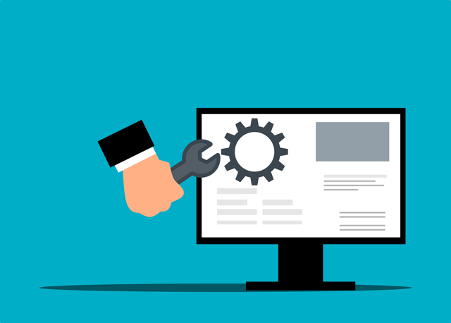The Party Wall etc. Act 1996 came into force on the 1st of July 1997 and applies throughout England and Wales to resolve disputes in relation to party walls, party structures, boundary walls and excavations near neighbouring buildings.
The Party Wall Act legally obligates a building owner to notify their neighbour’s, in advance of commencing certain construction works. (Neighbours are known within the Act as the adjoining owners)
When applicable, the Party Wall etc. Act 1996 provides statutory procedures for appointing Party Wall Surveyors. The surveyors then resolve matters by way of a ‘party wall award’. An award lists the format, the owner undertaking the work is required to follow. The Act is of a facilitative nature, it does not allow an adjoining owner to prevent a building owner exercising their rights to conduct work under the Act, unless the party wall procedures are not followed. The Act ensures works are performed in a manner that protects both the adjoining owners’ interests and the building owner undertaking the works interest.
What is a Party Wall?
Party Walls stand astride the boundary of land belonging to two or more owners. A wall is also considered a “party wall” if it stands wholly on one owner’s land but is used by two or more owners to separate their building. Party Fence Walls are not part of the building, they stand astride the boundary line between lands of different owners and are used to separate land.
The Party Wall etc. Act 1996 Covers Three Different Types of Work:
- Works directly to a Party Wall, Party Structure or Party Fence Wall.
- Excavations within 3m – 6m at depth lower than the adjoining owner’s foundations.
- New walls built up to, or astride, the line of junction.
Here at Icon surveyors, we have seen it all over the years. However, in our experience the list below tends to be the most typical works undertaken, that invokes the Party Wall Act:
- Repair of a damaged party wall.
- Insertion of a damp-proof course.
- Underpin a party wall.
- Cutting into a party wall, for the insertion of steel beams.
- Raise the height of a party wall.
- Removing chimney breasts from a party wall.
- Extend a party wall downward, to form a basement.
- Demolishing and rebuilding a party wall or party fence wall. (Usually as a result of the wall being insufficient)
- Weathering the junction of adjoining walls or buildings, i.e. cutting a flashing into an adjoining building.
- Cut off projections of an Adjoining Owner’s boundary to remove or build a new wall.
- Building, up to or astride the boundary line between properties: If the building owner is planning to build a party wall or party fence wall astride the boundary line, you must inform the adjoining owner by serving a party wall notice. You will only be afforded the legal right to build astride a boundary, with your neighbour’s written consent. The building owner must also inform the adjoining owner if they plan to build a new wall, wholly on their own land but up to the boundary line.
- Excavations within 3 or 6 metres of neighbouring buildings or structures: A notice is required under section 6 of the Act, if any part of the proposed excavation is within six metres of any part of an adjoining owner’s building/structure, if this meets a line that is drawn downwards at 45° angle in the direction of the excavation from the bottom of an adjoining owner’s foundations.
Below are Some Works on a Party Wall that are Considered Minor and will not require a Party Wall Notice under the Act
- Drilling into a party wall to fix plugs and screws for wall units or shelving
- Cutting into a party wall to add or replace electrical wiring and sockets
- Removing old plaster and re-plastering
What can Happen If You Choose not to Follow, the Party Wall Procedure?
Court Injunctions
If a building owner commences works without serving a Party Wall Notice, the adjoining owner can apply to the court for an Injunction. Injunctions are easy to apply for and have the potential to stop construction works immediately, until the Party Wall etc. Act 1996 is followed. Ignoring this injunction can become a criminal offence. The building owner is usually held liable for costs in relation to obtaining the injunction. These costs generally include; court fees, solicitor fees, and surveyor costs. Over the years we have seen cases where the building owner was ordered by the court to remove the current works.
Property Damage
If the adjoining owner suffers damage due to the construction works, the onus would be on the building owner to provide evidence this was not caused by their works. If you have not undertaken a Schedule of Condition Report pre-works, it will be very difficult to identify if the damage was caused by the Notifiable works. The building owner will, therefore, have to pay for the repairs to the adjoining owner’s property. This can be a very costly mistake, so ensure to undertake a Schedule of Condition Report prior to commencing your planned works.
If you are planning to undertake Construction works and would like to discuss your party wall surveying matter, give us a call and speak to one of our experienced Party Wall Surveyors. We provide 30 minutes FREE impartial, no strings attached advice.



















 Bitcoin
Bitcoin  Ethereum
Ethereum  Tether
Tether  XRP
XRP  USDC
USDC  Solana
Solana  TRON
TRON  Lido Staked Ether
Lido Staked Ether  Cardano
Cardano  Avalanche
Avalanche  Toncoin
Toncoin